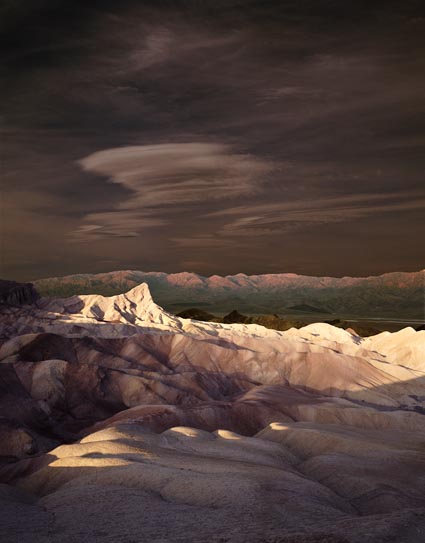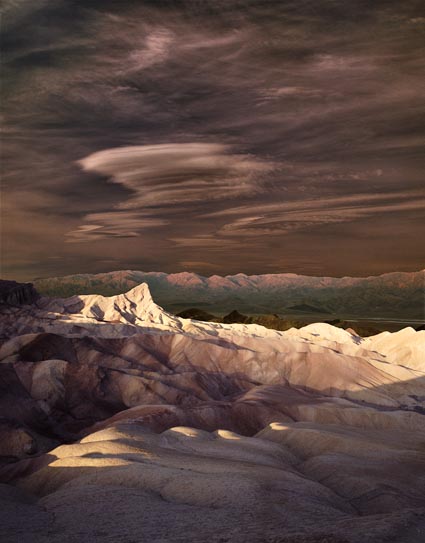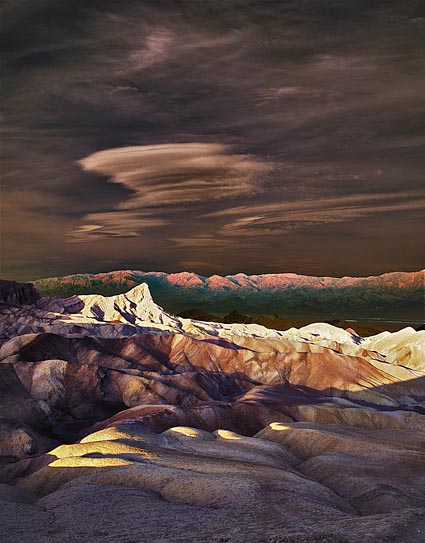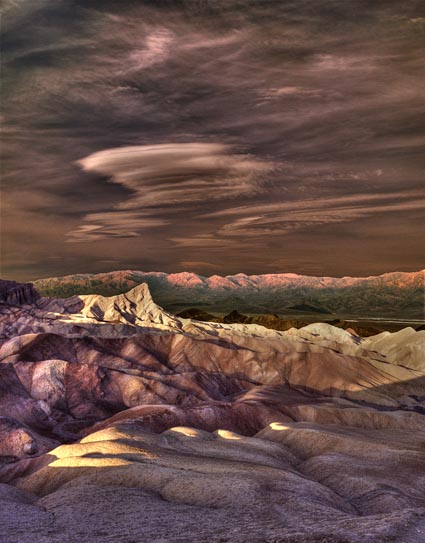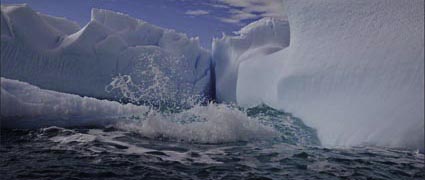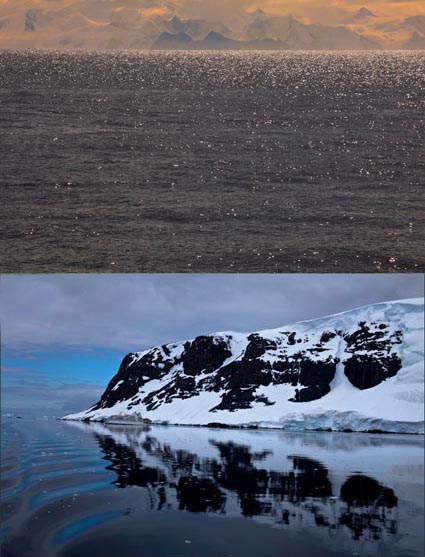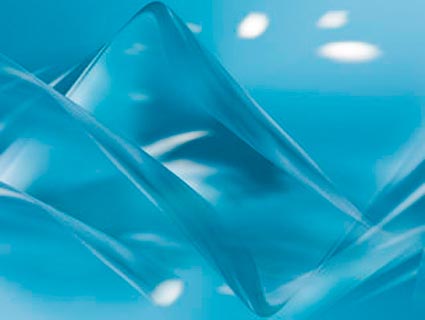Limited Editions – Should You Limit?
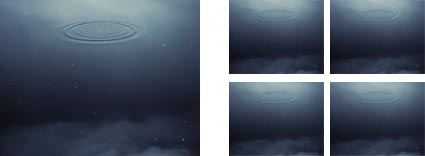
Should you limit your editions? It depends. It depends on you. It depends on your level of productivity. It depends on your age. It depends on the kind of work you produce. It depends on the market you’re targeting. It depends on your representatives and how long you expect to be working with them. It depends on how quickly you’d like to see results. It depends on many things.
There’s no clear consensus or set of practices on whether and how you should limit your editions. Ultimately, it’s a personal choice. Make it an informed one. Think long and hard about it. Then act. Undecided? Wait. Keep your editions open. You can always limit later, when you develop a clear desire or identify a clear need to do so.
An edition structure is considered part of the terms of sale. Honor it. If you limit your editions, don’t widen the edition number after initial sales. You may even further limit an edition after it’s issued but while this would increase the value of previous sales it is rarely done, largely because of the complexity of accurate labeling and record keeping. You can adopt different edition structures for different images or at different points in your career; this makes describing edition structures more complex and may confuse consumers leading to loss of sales. You can always raise prices after issuing an edition; how quickly and how much is unclear as it’s determined by increasing demand for an artist’s work; but it’s hoped for by artist, dealer, and collector alike.
The bottom line is that whatever you do, do it with an eye to protecting and increasing the value of your collectors’ purchases. If you do this, the value and market for your work will increase.
There are many pros to limiting editions. It quickly escalates price. It generates broad-based interest in an artist’s entire body of work, directing attention away from top sellers to other works and to new works. It limits the amount of time spent producing the same image, directing the attention of the artist and their representatives alike to the production of new work. (More prolific artist’s benefit more from limiting their editions than less prolific ones.) It appeals to customers who will only buy art in limited editions.
There are many cons to limiting editions. It limits the audience who may appreciate an image. It prevents an artist from enjoying sales of an image at escalated prices as their career matures. (These benefits are enjoyed only on the secondary market. Though higher secondary market prices may help escalate the value of new work.) It prevents the improvement of print quality as an artist’s vision matures or as technology advances. (This can include producing prints with greater longevity or items that can hold their value for a longer time.) It restricts the artist’s ability to gift or trade their work, perhaps to a colleague or a significant collection. For better and for worse, limiting editions limits future options.
Read more in the current issue of Photoshop User magazine.
Learn more in my seminars.
Learn more in my workshops.


